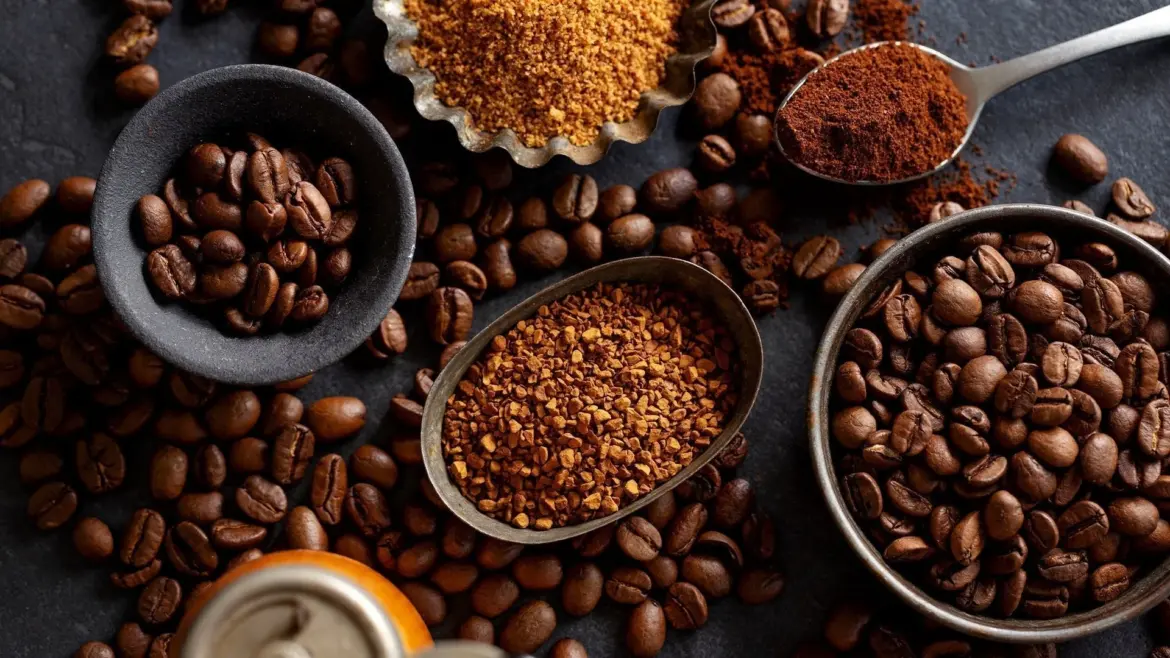Uncover the Secrets of Coffee Bean Varieties: A Comprehensive Guide
When you sip your morning cup of coffee, do you ever wonder about the journey of those beans? The world of coffee is rich and diverse, with a variety of beans that contribute to the unique flavors and aromas we love. If you’re curious to learn more about the coffee bean varieties and the secrets they hold, you’ve come to the right place. Let’s dive into this aromatic adventure!
The Basics of Coffee Bean Varieties
Coffee primarily comes from two species of the Coffea plant: Arabica and Robusta. These two varieties dominate the coffee market, but each possesses distinct characteristics that greatly affect the flavor profile, acidity, and growing conditions. Let’s explore these two main varieties in detail.
Arabica: The Gourmet Gem
Arabica beans make up about 60-70% of the world’s coffee production and are often regarded as the premium choice. Here are some key features:
- Flavor Profile: Arabica is known for its smooth, mild flavor, often described as sweet with hints of fruit or sugar, complemented by a touch of acidity.
- Growing Conditions: It thrives at higher altitudes (600-2000 meters), requiring cooler temperatures and more care than its counterpart. The Arabica plant is more susceptible to pests and diseases, making it a challenging crop.
- Global Popularity: Originating from Ethiopia, Arabica is now cultivated in various regions, including Brazil, Colombia, and Central America.
Robusta: The Bold Option
Robusta beans, on the other hand, account for about 30-40% of the coffee produced worldwide. Here’s what makes Robusta unique:
- Flavor Profile: Typically, Robusta has a stronger, bitter flavor and a higher caffeine content, with earthy or nutty notes. It’s often used in espresso blends for added body and crema.
- Growing Conditions: Robusta plants are hardier and can grow at lower altitudes (200-800 meters). They are more resistant to pests and diseases, which makes them easier and cheaper to cultivate.
- Common Regions: Robusta is commonly grown in Africa, Southeast Asia, and Brazil, and it plays a crucial role in the instant coffee market.
Other Noteworthy Coffee Bean Varieties
While Arabica and Robusta are the most recognized, there are several other varieties worth mentioning, including:
-
Liberica: This variety has a distinctive, smoky flavor with a floral aroma. It is grown primarily in West Africa and the Philippines and is quite rare in the global market.
-
Excelsa: Originally classified as a separate species, Excelsa is now considered a variant of Liberica. It features a unique fruity flavor and is mainly found in Southeast Asia.
-
Bourbon and Typica: These are both Arabica cultivars that originated from the original coffee plants and have unique characteristics. Bourbon tends to have a complex flavor with high sweetness, while Typica offers a well-balanced profile.
Factors Influencing Coffee Flavor
Once you’ve uncovered the secrets of coffee bean varieties, it’s crucial to understand that flavor is influenced not just by the type of bean, but also by several other factors:
-
Terroir: The geography, climate, and soil where the coffee is grown have a profound impact on its taste. Region-specific characteristics often define the flavor profile of coffee beans.
-
Processing Method: Coffee beans can be processed in various ways, including washed (wet), natural (dry), and honey processing. Each method provides a different taste experience by altering the sugars and acids present in the beans.
-
Roasting: The roasting process dramatically changes the flavor of the beans. Lighter roasts retain more acidity and floral notes, while darker roasts bring out the rich, bold flavors.
FAQs About Coffee Bean Varieties
What’s the best coffee bean variety?
The “best” variety depends on personal preference. Arabica is often favored for its smooth complexity, while Robusta is perfect for those who enjoy a bold taste.
Can you mix Arabica and Robusta beans?
Absolutely! Many coffee blends combine both varieties to balance flavors and achieve a desired aroma and strength.
How can I tell my coffee bean type?
Often, coffee packaging will state the variety. If you’re unsure, you can taste the differences: Arabica will taste smoother and more nuanced, while Robusta will be bolder and more bitter.
Are there organic coffee bean varieties?
Yes, many coffee growers practice organic farming, especially for Arabica beans. Organic labels indicate that the beans are grown without synthetic fertilizers or pesticides.
Conclusion
Uncovering the secrets of coffee bean varieties is not just about understanding what’s in your cup; it’s about experiencing the journey from plant to brew. Each variety brings its unique flavor and aroma, influenced by a multitude of factors. Whether you prefer the delightful sweetness of Arabica or the robust boldness of Robusta, coffee continues to delight our senses with its complexity and depth. So, the next time you enjoy your cup of joe, take a moment to appreciate the rich tapestry of flavors and the remarkable journey that each bean has taken to reach you. Whether you’re a casual drinker or a seasoned connoisseur, exploring these varieties opens up a world of delicious possibilities!


